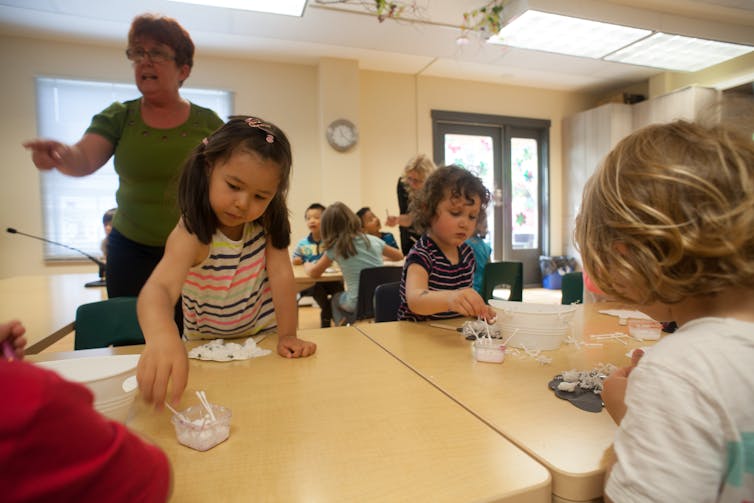The NDIS needs to be better. Here's how to ensure your child can access the system
It starts with recognising your child needs support. Then, you have to prove they are eligible for it. Finally, you have to find the appropriate support. There's help available along the way.



